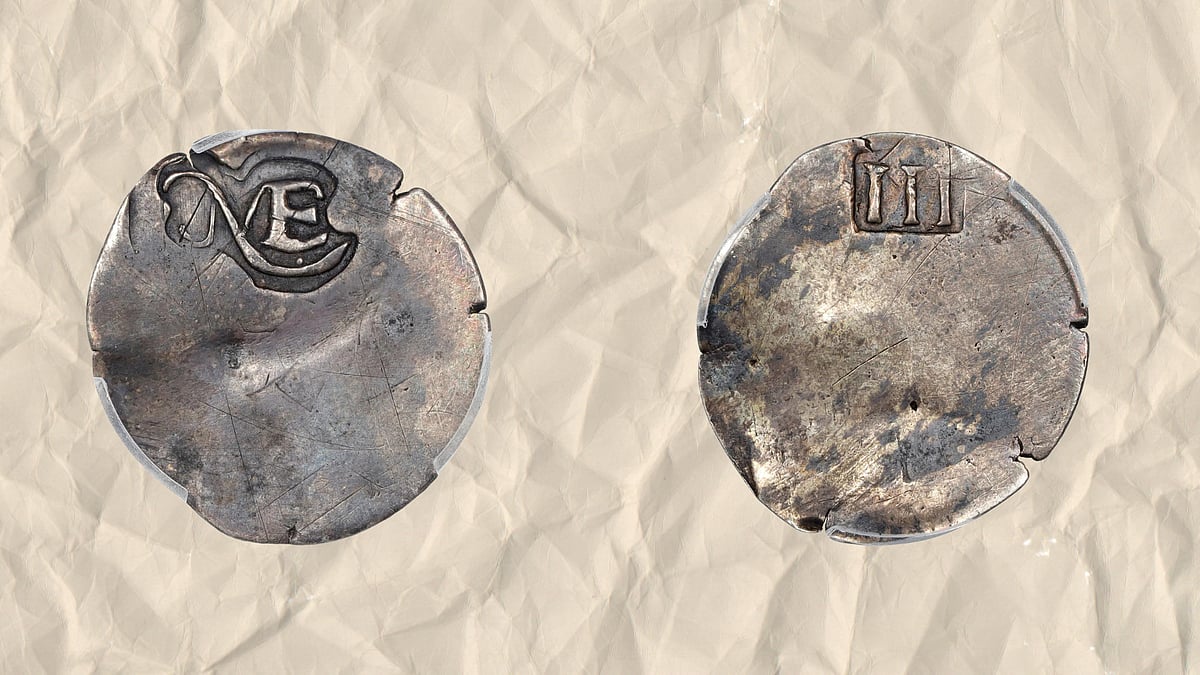The Finance Minister will present her maiden Union Budget on July 5. She has asked all citizens to send their inputs, promising that each proposal will be duly examined. She has welcomed and already thanked all the anticipated contributors to this crowdsourcing. This makes the process more inclusive and broad-based. Many innovative suggestions may come, and this a good way to tap into collective wisdom. But there is likely to be one asymmetry. Most suggestions will be about “what to do” rather than “what not to do”. So, in the spirit of joining the crowdsourcing, this column will focus on the latter.
But first a few observations. Firstly, this won’t be a full year budget, as that will be presented in February. Secondly, this is an opportunity for the FM and her government to articulate a broad philosophy, since this is the first year for the newly elected government. The thumping majority gives the Prime Minister and his cabinet colleagues enormous political capital to expend on certain decisions, that might involve short term economic pain for long term gain. Thirdly, the budget is going to be presented against a backdrop of escalating trade war, severe drought like conditions, deceleration of GDP growth over three years, worsening fiscal and current account deficits, and of course signs of jobless growth. These are formidable challenges, and surely one budget cannot be a magic bullet solution to all. The budget of course must make realistic assumptions of the growth path ahead, and accordingly plan for revenues and expenditure. It has to send signals to boost consumption, revive private investments, unleash entrepreneurial activity and also balance the books. These are priorities for every budget, but are more pertinent in the present context.
So here are some suggestions of “what not to do”. Firstly, on widening the tax net, avoid the tendency to backtrack. The Prime Minister had publicly announced that he would like the taxpayer net to be at least ten crore. India has one of the lowest tax to GDP ratio, and especially direct tax to GDP ratio in the world. A few years ago, the Economic Survey showed that India was among the last ranked, when looking at taxpayers and voters. India has 7 taxpayers for every 100 voters. This ratio is 100 to 100 for many North European countries. We need to decrease this skew. The interim budget presented in February this year, prior to the national elections, raised the threshold exemption in such a way, that almost three crore taxpayers went out of the net. This may have been due to electoral considerations, or to boost consumption. But it sends the wrong signal. The direct tax burden can be kept low for low income taxpayers, but very few should be out of the net. India should move more toward progressive direct taxation, and away from relatively high indirect taxation.
Secondly, please do not raise any more cesses. These are the prerogative of the Union government and are slapped on top of all the direct and indirect taxes i.e. GST. The cess collection is not shared with State governments, and is not in the purview of the recommendation of State Centre split of tax revenues, as per the Finance Commission. The cess is meant to be used only in extraordinary times, but now accounts for almost ten percent of direct taxes collected by the Union government. This is unfair to income tax payers as well as to State governments. Ideally it would be best to abolish cess collection, but if not, at least do not raise them any further.
Thirdly, please avoid sending too many contradictory signals. One of them is mentioned above, of simultaneously wanting to widen the tax net, and then increasing the exemption limits. The other example is on food inflation and minimum support prices (MSP). On one hand the government is committed to keeping inflation, especially food inflation low and stable. But on the other hand, it announced last year that MSP would be 150 percent of the cost of cultivation. This is cost plus pricing, which is inflationary. It gives no signal to keep costs low, or to even have cropping appropriate to climatic and hydrological conditions. Does it make sense to grow sugarcane in an acutely water stressed area, and still be assured high MSP? It’s a different matter, that MSP was unsuccessful because even though the price was assured, the quantity wasn’t. So, procurement was low, and farmers’ incomes did not grow as much as anticipated. If you want to augment farmers’ income do it through direct transfers like PM Kisan Yojana, rather than raising MSP which contradicts the aim of keeping inflation low. The same inconsistency is observed on the interest rate policy. The government wants them to be low, so as to spur investments in the economy. And yet the administered rate, payable on Employee Provident Fund is increased. This sends a mixed signal.
The fourth suggestion is to avoid too many specific exemptions or incentives. The speech should not seem like a long laundry list of budgetary allocations of say 100 crore each, to activities peppered all over. This is too much micro signalling, and such small amounts do not even qualify to be a second decimal fraction of the budget. These initiatives are best left to individual ministries, or lower tiers of State and local government. The FM needs to give a broad direction of policy and principles. The details are left to the line ministries.
And lastly please avoid worsening the skew of indirect to direct taxes. Indirect taxes are regressive, and hurt the poor more than the rich. India’s income and wealth inequality is already a matter of grave concern, which was validated by the promises of various political parties in the recent Lok Sabha election. We need to move to a greater share of direct taxes. Hence GST rates need to be rationalised and reduced, cesses must go, direct tax net must be wider, exemptions should be fewer, and the tax code must be simpler. So please avoid going in the opposite direction. Best wishes for July 5.
The writer is an economist and Senior Fellow, Takshashila Institution. (Syndicate: The Billion Press)
-Ajit Ranade










